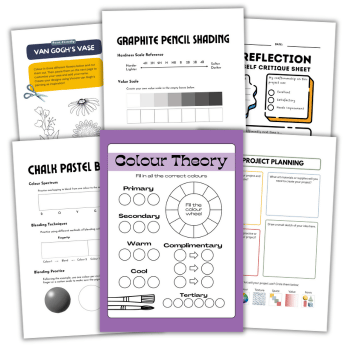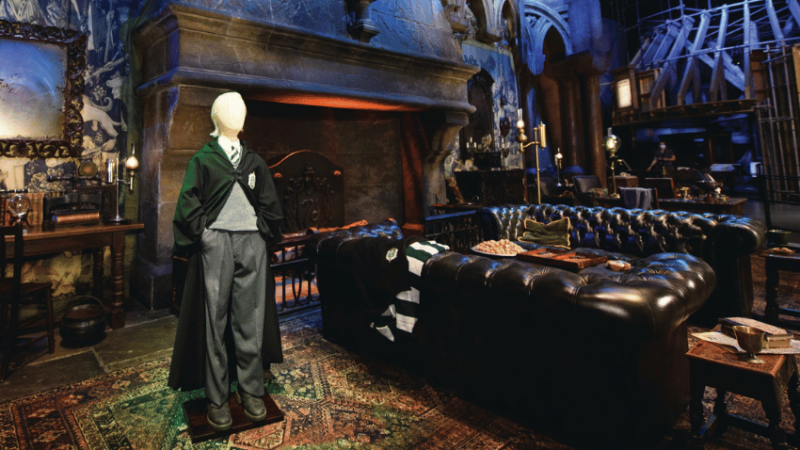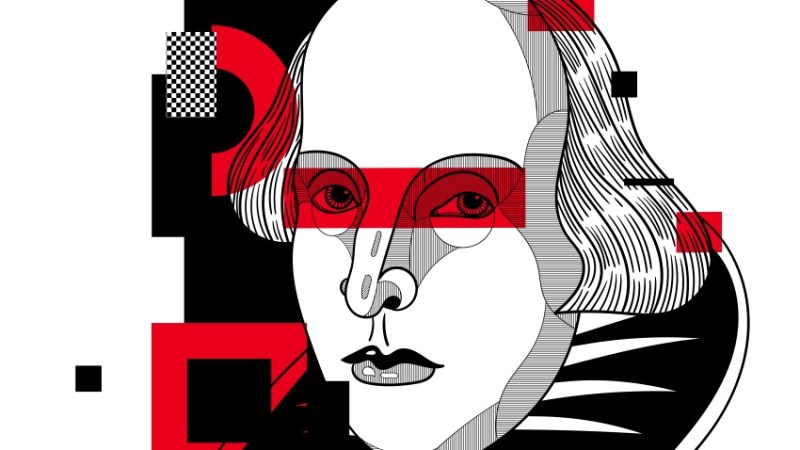Delivering a powerful monologue – Expressive arts lesson plan for KS4

Close engagement with the text and plenty of opportunity to experiment can result in powerful monologue delivery from all your learners

- by Aaron Orchard
- Assistant headteacher at The Stanway School in Colchester, Essex

As teachers, we are always looking for those light-bulb moments when you can see that a class truly understands, where they feel a great sense of achievement – and not from something they have found on Google or Wiki.
This is a lesson I have used numerous times, and which has developed from a workshop Max Stafford Clarke ran for his actors at the National Theatre.
Introduction
A number of years ago, I was asked by my head of faculty at a previous school why I did not display the learning objective on the board for the students. This was standard across the school I was working in and was an expectation for all. My simple reply was, “I do not want to spoil the surprise”.
While I understand there are times when you need to set down markers for the students to follow, for me, this was and still is used only when necessary.
The ethos of the Stanway drama department is firmly rooted in skill-based drama linking back, wherever possible, to work the students may encounter in the arts industry. This starts in Year 7 with the Goddesses of Theatre, our mini musicals in Year 8, through to our Year 9 students hosting their own monologue evening.
Teaching monologues can feel a little like plate-spinning with 20 to 30 students all working on a different script. I have found that getting the students to perform a series of exercises once they have chosen and researched their monologues has really enhanced their interpretations.
Starter activity
Use YouTube to watch and analyse the same monologue performed by different actors (for example, Susie Salmon’s monologue, from The Lovely Bones).
Main activities
These activities, for which students should work with their chosen monologues, link back to the Areas of Study (OCR GCSE Drama):
• Character, Context and Plot • Audience and Defining Performance Space
1. Find the context In order to understand a monologue further, we have to put it within context. Even if we are not sure what the ‘true’ context is, we as actors have to make that decision. As Tom Stoppard puts it, “Every exit is an entrance somewhere else”. Quickly, in their books, students should jot down answers to the following questions:
• What is your monologue about? • What has happened just before your character’s monologue? • Where is it set? • What is going to happen afterwards?
2. Add colour Explain to students that within a monologue, we have to take the audience on an emotional journey. For this to happen, we have to understand the journey of our character. What emotion does their character portray? For example, happiness/sadness? Anger/calm? Bravery/fear? Confusion/clarity?
Have them draw a quick graph that tracks the two main emotions of their character during the course of the monologue.
3. Identify the audience It is really important that we try and stay as true to our characters as possible for the author. We need to ensure we get the correct meaning across to the audience.
Ask students to whom their character is speaking – are they addressing someone they love, a huge crowd, the audience? How will this change the nature and tone of the speech? Is it a public debate that everyone is meant to hear, or a plea to a girlfriend, or a private set of thoughts the author wants the character to share with the audience?
Encourage each learner to try delivering the monologue as if to different audiences (a large crowd, a single listener, themselves), and see how it affects their performance.
4. Study punctuation When a playwright composes a script, every little detail has been thought about. Students should go through their monologues, sticking to the following instructions:
• Every time there is a full stop – STOP, then change direction • For a comma – rock back and forth and continue • When there is a semicolon – bob and weave
5. Grab the audience’s attention Now everyone knows their monologues a little better, it’s time to go for broke and really grab the audience’s attention.
Working in pairs, students should deliver their monologue to each other, forcing their message across and making their partner listen to what they have to say. Emphasising the consonants within the piece improves diction and clarity, so every word can be heard and the voice is projected without shouting.
Afterwards, discuss how the performances made them feel, as an audience member and performer.
HOME LEARNING
Ask students to take their script home, and annotate it with all of the information they have discovered from the lesson.
Take it further This lesson can be taken forward through applying the understanding gained, and encouraging students to start focusing on the physical embodiment of their chosen character; how he or she moves and interacts with the environment. I would do this by getting the students to apply Laban efforts, the facts from the script, and the decisions they made during the previous session.
Aaron Orchard is assistant headteacher at The Stanway School in Colchester, Essex, previously holding the post of A-level drama examiner for Edexcel and a GCSE drama examiner for OCR.










